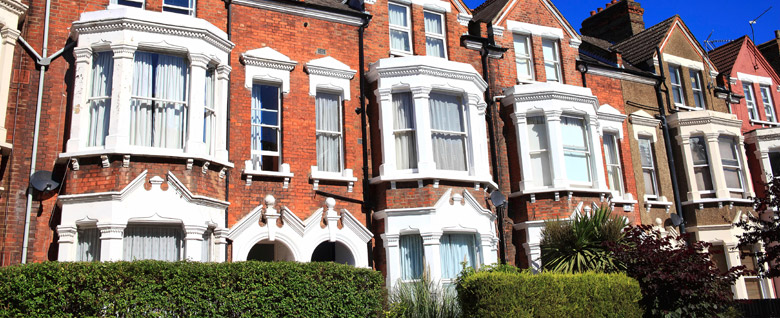New rules relating to Houses in Multiple Occupation (HMO) came into effect in England on 1 October 2018 without much fanfare and under the radar of many landlords. As a result of the new rules properties that did not require licencing previously may now be required to be licenced as part of the mandatory licensing scheme.
The main change is brought about as a result of the removal of the requirement for a property to be three storeys or more to require a mandatory licence. Provided the property is now occupied by five or more people from two or more separate households a licence is required.
It is estimated that an additional 160,000 HMO’s will now become subject to mandatory licencing in England. Landlords who have failed to apply for licences by 1 October 2018 are committing a criminal offence from that date. It is therefore more important than ever that landlords make an application for a licence if they have not done so already.
Landlords may be comforted to know that there are transitional provisions. Properties that are currently licenced will remain licenced until their licence expires. The existing licence conditions will still apply until expiry. The extended mandatory licencing conditions will apply from renewal from any existing licence.
If a property has been subject to a selective licencing scheme then that property will continue to be licenced until that licence expires. Again, the extended mandatory licencing conditions will apply from renewal of the existing licence.
If at the time of renewal the licence for the property is not compliant a grace period of up to 18 months can be granted within in which time the licence holder must ensure the property becomes compliant. It should be noted that the maximum grace period that can be granted is 18 months but a local authority may grant a shorter period in which they require a property to become compliant.
The minimum sleeping room size requirements are likely to be the new condition causing the most difficulties. Reconfiguring bedroom space may not always be a possibility. It could also be expensive and could cause disruption and inconvenience to tenants. The works may also be unduly expensive where rooms are only marginally non-compliant.
The minimum requirements for sleeping room for a person over ten years of age is 6.51 square metres and a room for two persons over ten years of age is 10.22 square metres. The minimum size for one child under the age of ten years is 4.64 square metres. It is important for landlords to note that the sleeping room size requirements are a minimum standard. They are not intended to be optimal room sizes. Local housing authorities will have discretion to set their own higher standards within licence conditions but cannot set lower size standards.
Failure to comply with new licensing requirements will be a criminal offence and on conviction will be liable to unlimited fine or alternatively a civil penalty of up to £30,000.00.
The changes are likely to be unwelcome by landlords, particularly those with properties which currently do not require licensing and where sleeping room sizes are non-compliant.



Comments